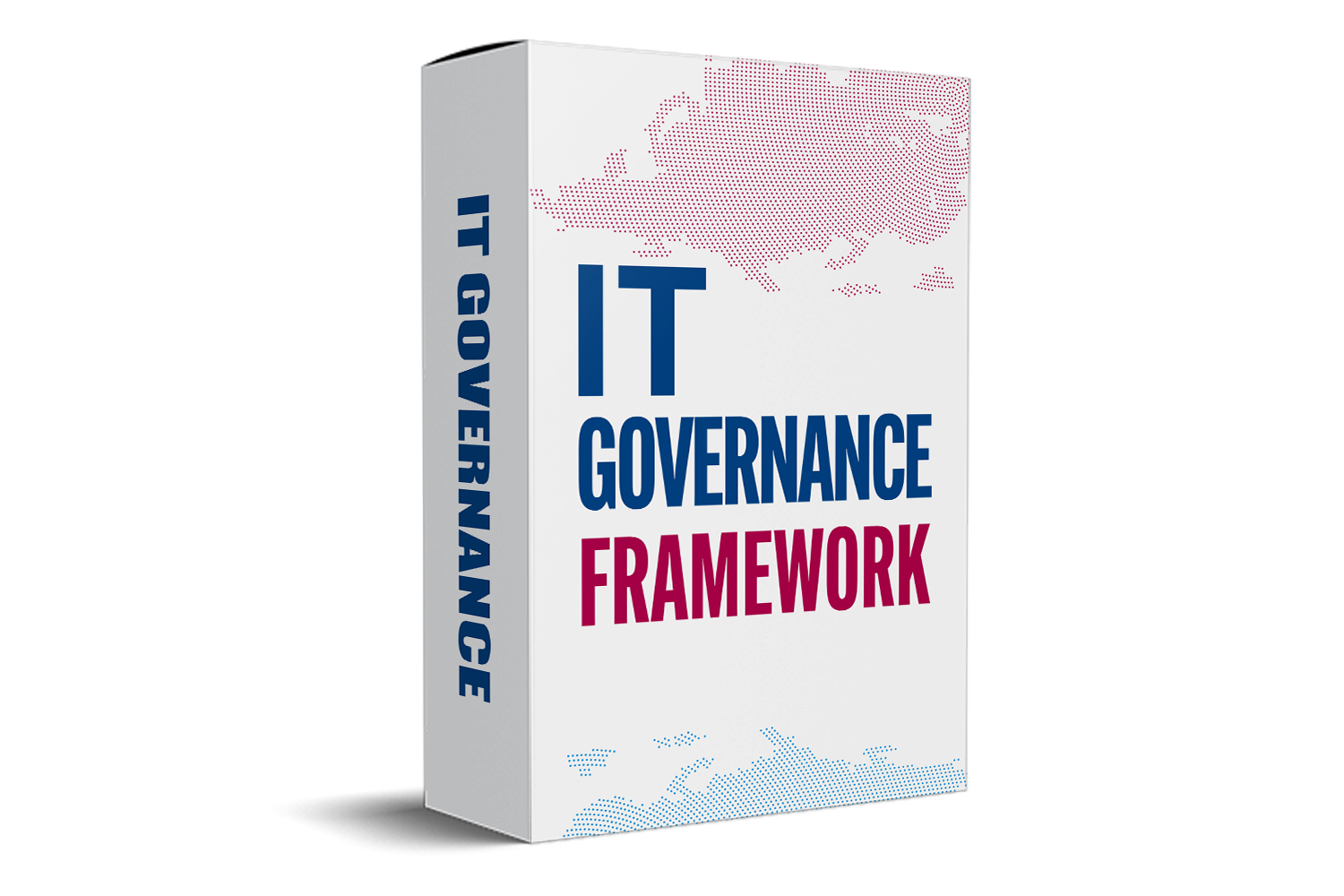ISO 27701 Privacy Information Management | Merits of ISO 27701 PIMS
ISO 27701 helps improve the overall cybersecurity posture of organizations. Businesses can protect their systems and data from cyber-attacks by implementing ISO 27701, which will help them reduce losses and protect their reputation.
Why Was ISO 27701 developed?
ISO 27701 is an international standard that consists of a set of requirements and guidelines to manage information security within an organization. It gives you the framework for making data protection decisions and responding to risks effectively.
This standard was elaborated because many organizations did not have adequate controls to protect their assets, such as intellectual property or customer records. These organizations needed to be ready for incidents that involved breaches of confidentiality or integrity of information assets.

What are the Building Blocks of ISO 27701 Privacy Information Management?
ISO 27701 Privacy Information Management Standard (Standard for Privacy Information Management) is one of the most comprehensive standards in privacy information management. Many companies and organizations use it to protect personal information, regulate access, impose conditions on its usage, ensure accuracy and reliability, and provide accountability. This standard is composed of eight components, which are described below.
- Data Protection Principles: ISO 27701 Privacy Management's Data Protection Principles are designed to ensure that data subjects' privacy is respected and protected. This principle guarantees that all personal information collected by a company will be handled fairly and legally, used for specific purposes only, and not disclosed to unauthorized third parties without consent.
- Accountability Principle: ISO 27701 describes four principles that help organizations demonstrate their commitment to privacy management. The Accountability Principle, the first principle in ISO 27701:2013, explains how they can do this. The Accountability Principle states, "The organization shall establish and maintain a system of accountability." The organization must know who accessed personal information, when, and why. The organization must also keep records of these accesses over a specified period, as law requires. This system of accountability isn't just for showing compliance. This system can be extremely useful in identifying data breaches, internal leaks, and other types of abuses that might otherwise go unnoticed. According to the Accountability Principle, an organization must also have "appropriate policies" regarding information access management.
- Breach Notification: Companies should understand their responsibility to notify breaches to protect personal information. ISO 27701 Privacy Information Management contains two breach notification guidelines that must be adhered to when a data controller is compromised or has a security incident that may affect the privacy of its subjects. In ISO 27701: Privacy Information Management, two breach notification principles must be followed in cases where a data controller has been compromised and is experiencing a security incident that may hurt its subjects' privacy.
- Personal Data Definition: The Personal Data Definition Principle is an important ISO 27701 Privacy Management principle that governs personal data definition. The standard states, "Data controllers must provide clear and transparent information to data subjects on what constitutes personal data," including how they collect, store, use, or share them with third parties. You should be able to make an informed decision before your consent.
To comply with this principle, data controllers should:
1) What personal data are being collected?
2) Ensure that individuals can easily understand the definition of "personal data."
3) Include information about how data will be shared, used, or disclosed.
4) Inform individuals about any changes in the way their data is used.
- Access Control Principle: ISO 27701 includes six fundamental principles, including the access control principle. This principle ensures only those with authorization have access to the information. This principle also limits who can delete, modify, or move information. The other five principles include data quality, completeness, accuracy; confidentiality; availability and integrity; accountability and transparency; and security safeguards when processing personal data.
- Principle of Security Safeguards: The Security Safeguards Principle of ISO 27701 Data Management is a way to protect privacy data by implementing:
2. Techniques of encryption to protect personal information from unauthorized access or disclosure.
3. Use redundant storage methods to prevent accidental data loss and the removal or destruction of authorized data.
4. Protective measures against both physical and logical risks that could lead to unauthorized access or disclosure.
- Data Quality Assessment Principle: The Data Quality Assessment Principle is an important goal of Privacy Information Management. Data quality assessment is the basis for privacy information by identifying and mitigating data quality risks. This principle requires that organizations establish, implement, and maintain policies, procedures, controls, and standards to address data quality concerns.
- Transparency Principle: The transparency principle protects privacy by making sure that individuals are aware of how their information is used and processed, and they have the option to accept or reject it. The transparency Principle obliges organizations to give clear notices about personal data processing, either before or during collection. The notice should include the following:
a) Use of the data
b) Type(s) and/or categories of personal data
c) Recipient(s).
d) Third Parties (if any)
ISO 27701 Standard: Benefits
This list highlights ten benefits of ISO 27701 Standard.Audits of compliance are made easier with our help.
- Assures that information security is managed consistently throughout the organization.
- It allows organizations to manage and understand risks in a systematic way.
- This guide provides guidance on how to achieve high-level goals for information security management.
- Included are guidelines on how to implement controls at every stage of the risk assessment.
- Identify the key elements that must be addressed in organizational policies and procedures.
- This framework provides a framework to assess the effectiveness of implemented controls. It includes monitoring activities and reporting results.



